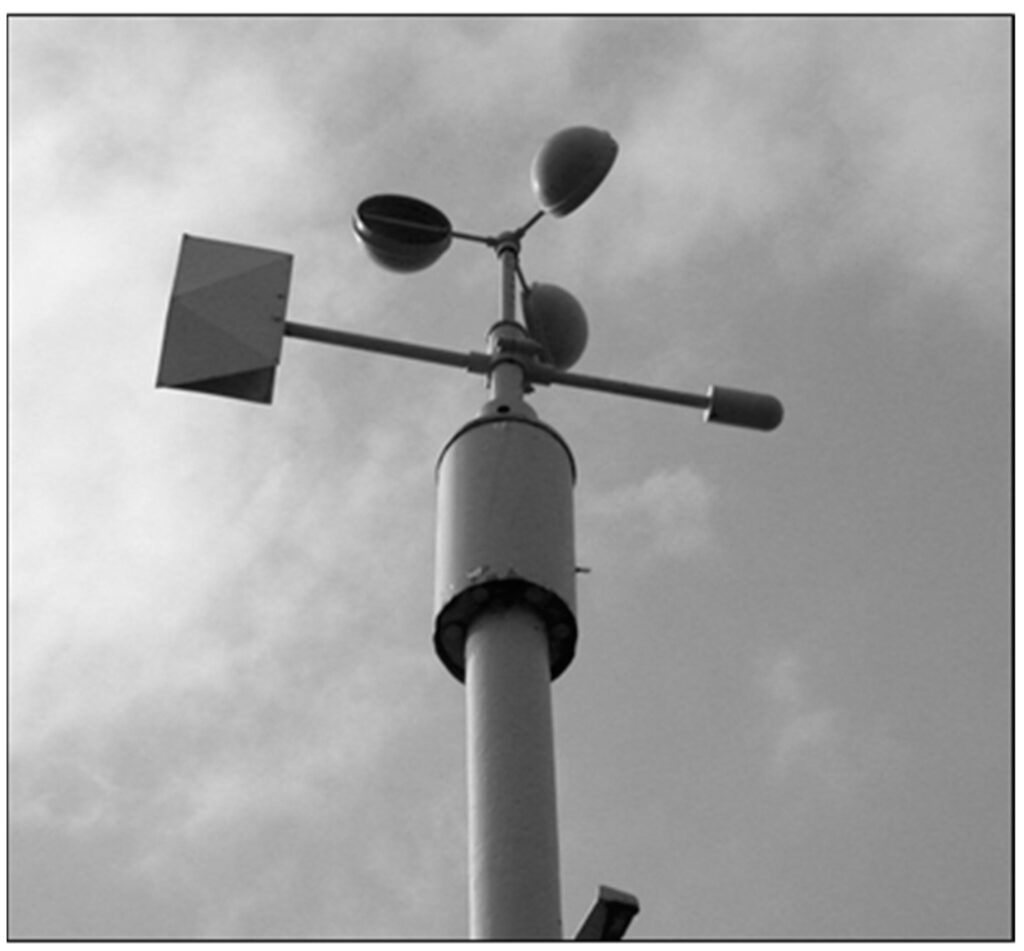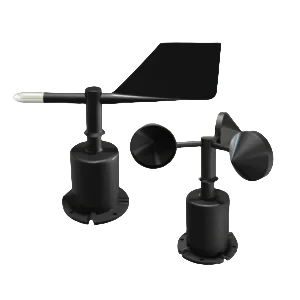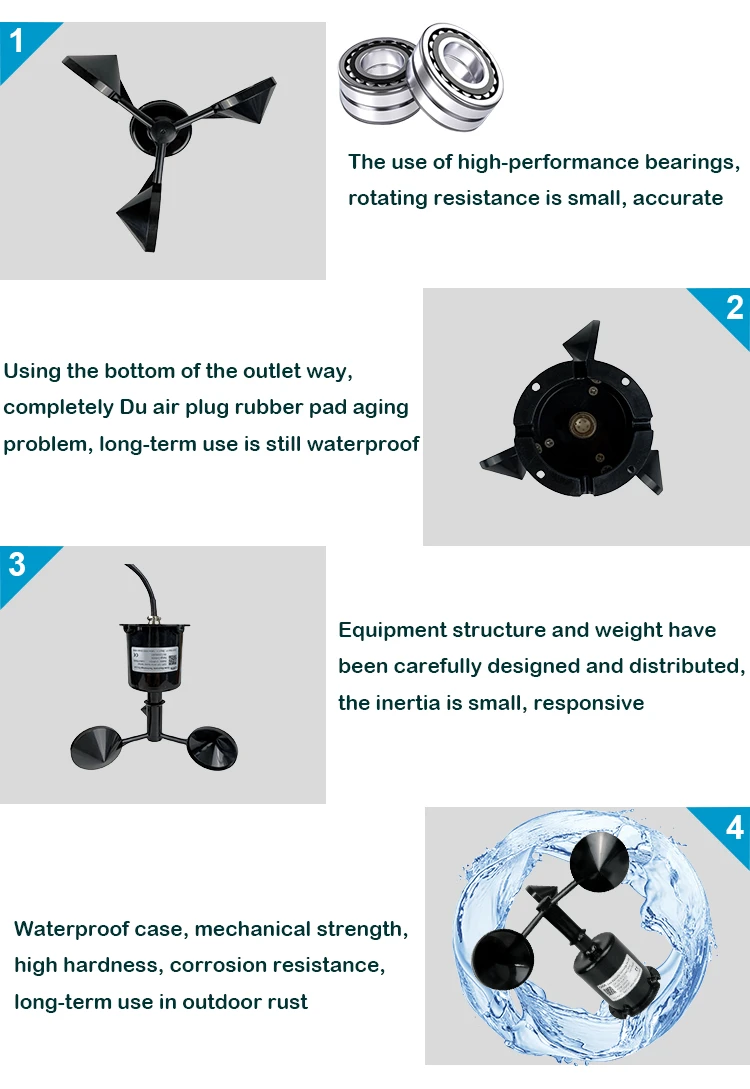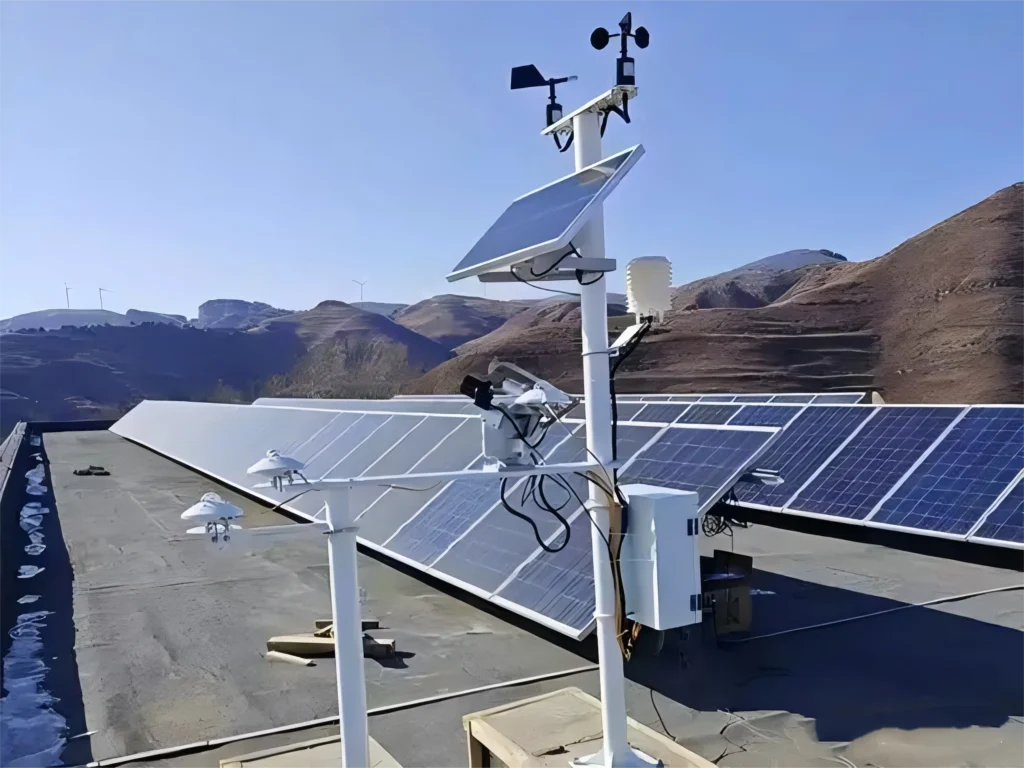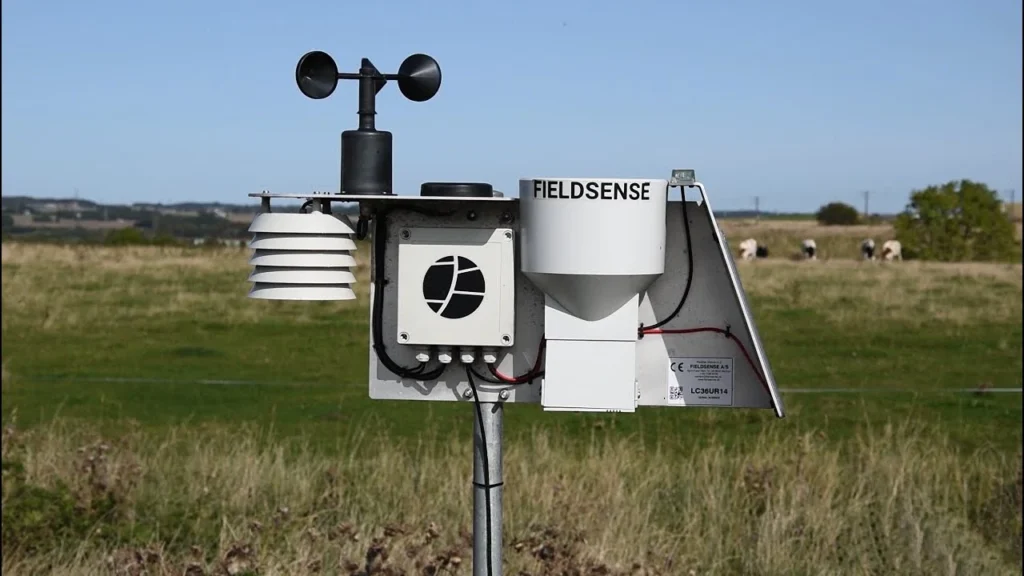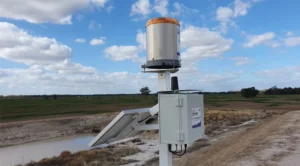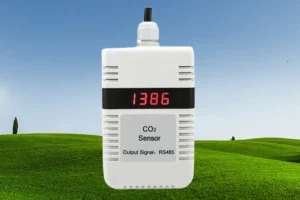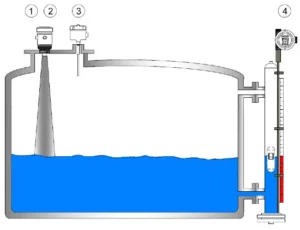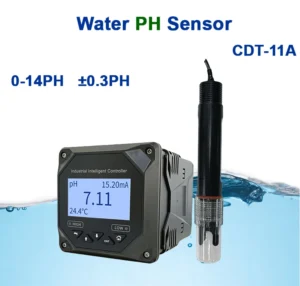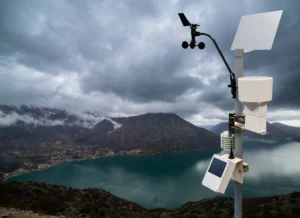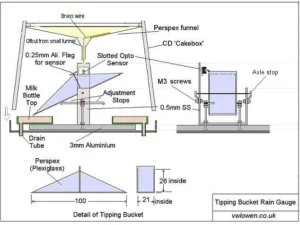What Is a Cup Anemometer and How Does It Work?
Wind, a dynamic force of nature, has fascinated humanity for centuries. Measuring its speed is not only essential for understanding weather patterns but also crucial for fields like aviation, renewable energy, and climate research. Among the various tools used to gauge wind speed, the cup anemometer stands out as one of the most popular and enduring instruments. Here’s a detailed look at its design, operation, and significance across different domains.
Understanding Wind Speed
Before exploring how a cup anemometer functions, it’s important to grasp what wind speed truly represents. Wind speed refers to the rate at which air moves horizontally at a specific location. It’s commonly expressed in units such as meters per second (m/s), kilometers per hour (km/h), or miles per hour (mph), depending on the context or region.
Anatomy of a Cup Anemometer
A cup anemometer is a straightforward yet highly effective device that we use to measure wind speed. It has a series of hemispherical cups as its defining feature. We mount these cups symmetrically on horizontal arms, which we attach to a central vertical shaft. Most models arrange three or four cups at equal intervals.
When the wind flows into the cups, it causes the entire assembly to rotate. The vertical shaft, which supports the rotating arms and cups, is connected to internal components within the device. These components are designed to convert the mechanical rotation into data that can be collected and analyzed.
Advanced cup anemometers often include electrical mechanisms that translate the rotational movement into electronic signals. These signals are then relayed to a display or recording device, providing precise wind speed measurements.
How Does a Cup Anemometer Work?
The operation of a cup anemometer relies on a simple yet effective principle: the stronger the wind, the faster the cups spin. The device measures the number of rotations over a fixed time period and uses that data to calculate wind speed. Factors such as cup size, shape, and spacing are carefully calibrated to ensure accuracy.
Electric sensors inside the anemometer generate pulses for each full rotation of the cups. The frequency of these pulses corresponds directly to the rotational speed, which serves as a proxy for wind speed. The data is then processed using mathematical formulas to produce accurate measurements.
However, one limitation of cup anemometers is their tendency to smooth out rapid fluctuations in wind speed. Due to their physical inertia, they are better suited for determining average wind speeds rather than capturing sudden gusts or sharp changes in airflow.
Advantages of Cup Anemometers
Cup anemometers have become an essential tool in many industries due to their numerous benefits:
1. **Accuracy and Dependability**: These devices are highly consistent and reliable, providing dependable wind speed data in various conditions.
2. **Resilience**: Designed to withstand harsh environments, they operate effectively in extreme weather conditions with minimal maintenance required.
3. **Energy Efficiency**: Their low power requirements make them ideal for remote or off-grid installations where energy resources are limited.
4. **Ease of Use**: With their simple design and construction, they are easy to install, operate, and maintain, reducing the likelihood of mechanical issues
Final Thoughts
The cup anemometer demonstrates how simplicity in design can deliver powerful results. Its ability to provide accurate and reliable wind measurements makes it an indispensable tool for meteorology, aviation safety, renewable energy optimization, and more. Durable, efficient, and easy to use, this timeless instrument continues to play a vital role in our understanding and application of wind dynamics across numerous professional fields.
Applications of Cup Anemometers
Cup anemometers are extensively used across various industries due to their critical role in measuring wind speed. Below are some of their primary applications:
1. Meteorology:
These devices are indispensable for meteorologists at weather stations and in forecasting. They deliver accurate wind speed readings, aiding in predicting weather patterns and issuing timely alerts about extreme conditions like hurricanes or tornadoes.
2. Aviation:
Reliable wind speed data from cup anemometers is crucial for pilots and air traffic controllers. It plays a vital part in ensuring safe takeoffs and landings and contributes to flight path planning, as wind significantly impacts aircraft performance and navigation.
3. Wind Energy:
The renewable energy sector relies heavily on cup anemometers to measure wind speeds at prospective turbine sites. This data helps determine the feasibility of wind farm locations, optimize energy production, and plan maintenance schedules for turbines.
4. Research and Environmental Monitoring:
These instruments support various studies on topics such as climate change, atmospheric phenomena, and air quality. The insights they provide enhance our understanding of ecological systems and their interactions with human activity.
5. Outdoor Activities and Sports:
Cup anemometers are also beneficial for outdoor enthusiasts and professionals engaged in activities like sailing, paragliding, or kite flying. They offer real-time wind speed information, enabling users to assess conditions for safety and efficiency.
Conclusion
In conclusion, cup anemometers play a pivotal role in accurately measuring wind speed across multiple domains. Their simple yet robust design ensures consistent data collection, making them invaluable in meteorology, aviation, renewable energy, environmental research, and recreational activities. By appreciating their utility, one can better understand their contribution to technological progress and their significance in everyday applications.
About Hunan Coda Electronic Tech Co., Ltd.
Hunan Coda Electronic Tech Co., Ltd. is a trusted name known for producing high-quality products designed to meet diverse customer requirements. With specialization in the development of OEM sensors, the company delivers tailored, efficient solutions for advanced environmental monitoring systems.
Leveraging years of expertise in manufacturing weather instruments, Hunan Coda offers a comprehensive portfolio of devices including wind sensors, rain gauges, soil sensors, and water sensors. Research underscores the value of OEM sensors in enhancing monitoring accuracy and minimizing associated risks, underscoring the reliability of their offerings.
When seeking environmental monitoring tools, selecting a reputable supplier is essential. Hunan Coda Electronic Tech Co., Ltd. distinguishes itself with top-tier instruments designed for seamless performance, solidifying its position as a preferred provider in the industry.
